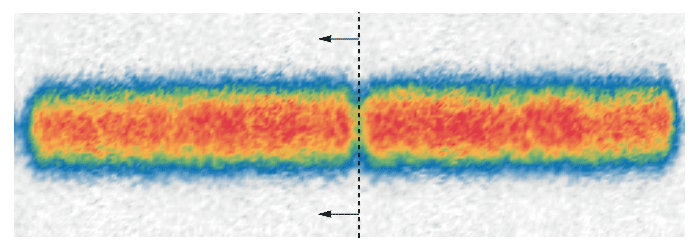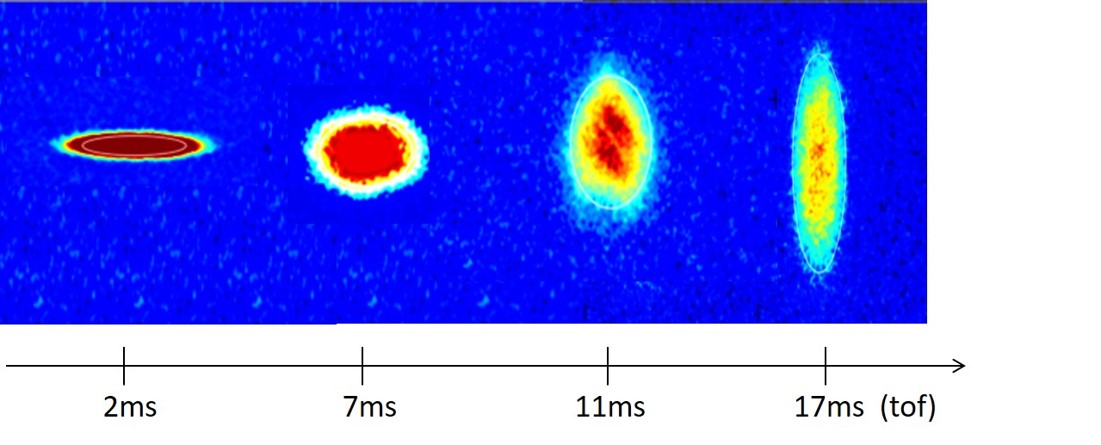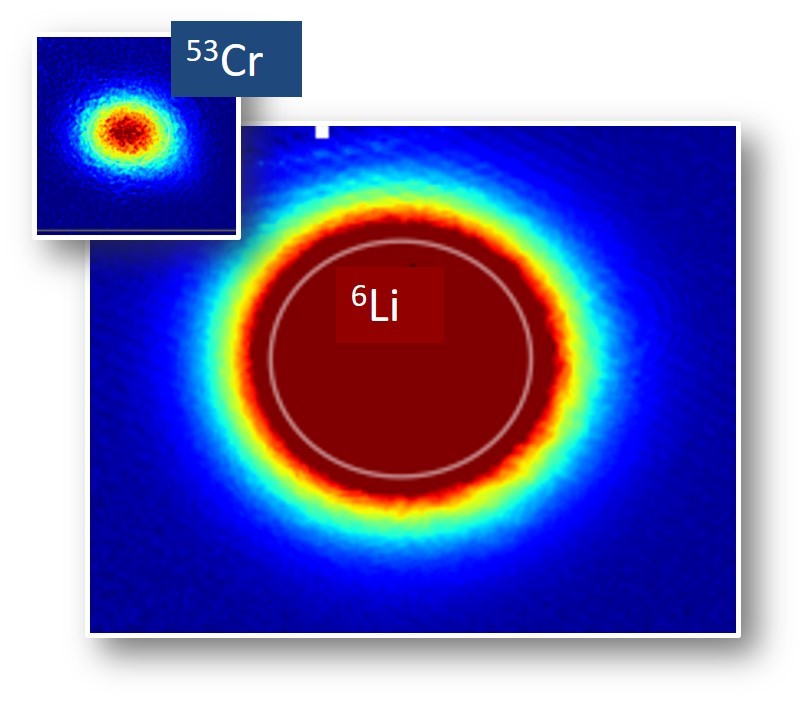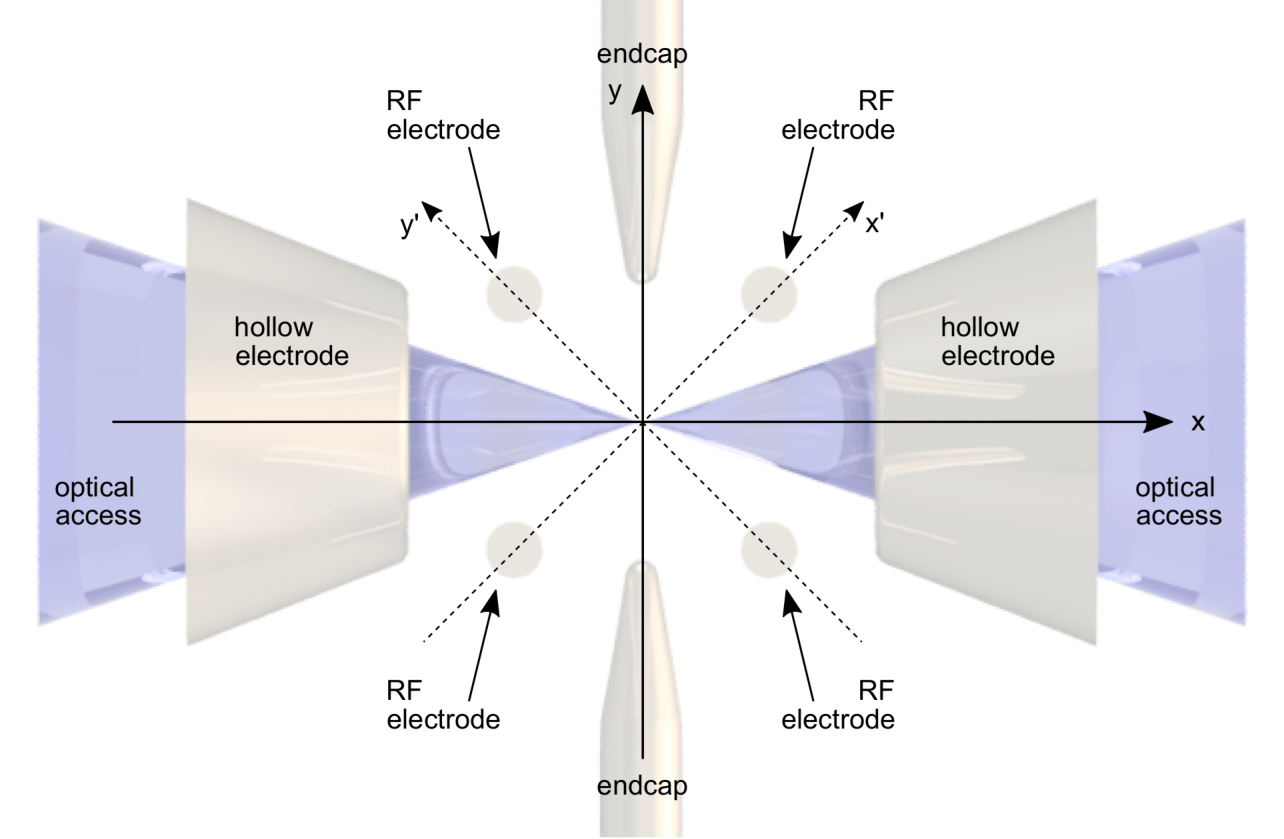 |
When two superconductors are coupled with one another through an insulating junction, a so-called Josephson supercurrent may flow without creating any potential difference, sustained merely by a phase difference between the superconducting wave functions. We have observed the charge-neutral analogue of this phenomenon using an ultracold gas of strongly interacting fermionic atoms, revealing the quintessential sinusoidal relationship between the supercurrent and the superfluid phase. Our experiments demonstrate the profound connection between the supercurrent magnitude and the nature of superfluid states, which has allowed us to quantify the condensate density across the BCS-BEC crossover of ultracold Fermi gases, playing the role of the superfluid order parameter. W. J. Kwon et al. |
LAST NEWS
 |
In the middle of the hot Tuscan summer, we could bring to quantum degeneracy large samples of 6Li atoms in our setup. With the same all-optical strategies already developed in the LiLab, we can achieve crossover superfluids, as well as highly degenerate Fermi gases, of up to 1 million atoms. (In the image, the hydrodynamic expansion of a crossover superfluid of about 700000 pairs). |
 |
We brought into the cold regime the first chromium-lithium fermionic mixture worldwide. within a 5 sec. duty cycle, we produce samples of about 4 million chromium and 300 million lithium atoms at a few hundreds of microKelvin. Our work just got published in Phys. Rev. A. E. Neri, et al., |
 |
One of the main limitations in state-of-the-art atom-ion experiments is represented by the micromotion component of the ions’ dynamics in a Paul trap that prevents atom-ion mixtures from undergoing a coherent evolution. Overcoming this problem requires a completely new approach to ion trapping. Our solution is a novel micromotion-free electro-optical trap based on the combination of an optical and a static electrostatic field. In this paper, we describe the geometry and the assembly of an electro-optical trap explicitly designed for experiments with atom-ion mixtures, in our case a mixture of Barium ions and Lithium atoms. We also report the results of the numerical simulations performed on the electric and thermal behavior of the trap, providing fundamental information for establishing the trapping potential and the stability region. E. Perego, et al. |
 |
We have projected micron-scale light potentials onto quasi-2D degenerate Fermi gases of lithium-6. A single atomic layer is created by vertically compressing a 3D atomic cloud into a highly anisotropic blue-detuned TEM01-mode optical trap, with very weak in-layer confinement. A digital micromirror device (DMD) is then used here to mold the skyline of Florence in a unitary Fermi gas. The sample is imaged with micron resolution by the same high-resolution objective used for focusing the sculpted light potential. These new capabilities enable exciting investigations of fermionic quantum transport and out-of-equilibrium dynamics in a large variety of paradigmatic scenarios. |
